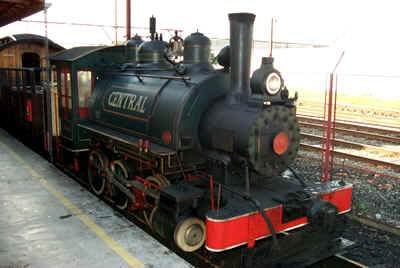|
Foi
The city of Rio de Janeiro grew and became urbanized as of the Castelo Hill. The founding of the city took place in what is today the Urca neighborhood, but in 1567 – after the expulsion of the French by Estácio de Sá’s troops – the occupation of the city was transferred to Castelo Hill, which had a privileged view of the entrance to Guanabara Bay. The Jesuits, who had great prestige at the time,
|
 
|
|

|
built a school, a convent and a church concerns at the top of the hill. However, with the expulsion of the Jesuits from the city by the da cidade pelo Marquise of Pombal in 1759, a legend arose that would accompany Castelo Hill until its complete destruction. Because they left in a hurry, the Jesuits allegedly had left behind buried treasure on hill.
À
The legend of the treasure together with a discussion about what to do with the hill lasted for more than a century and led to its demolition. From the top of Castelo Hill, the plains where the city was growing outwards could plainly be seen. And as of the 17th century, its privileged position
|
|
lost its importance for the maritime trade that was developing around Praça XV. The colonial buildings and narrow alleys around the hill became occupied by a poor, marginalized segment of the population.
When demolishment began in 1922, nobody believed that it was really going happen. Soime 5,000 persons lived in the surroundings. One popular theory at the time had it that the hill blocked wind coming into the city from the Bay, contributing to causing disease and epidemics that attacked the population of the center of the city. Those who defended its destruction, including some physicians and public health officials, praised the additional benefit of using the dirt for filling in swamps and mangrove areas that were around the hill, thus eliminating the “feverish miasmas” that they said emanated from the swamps. |


